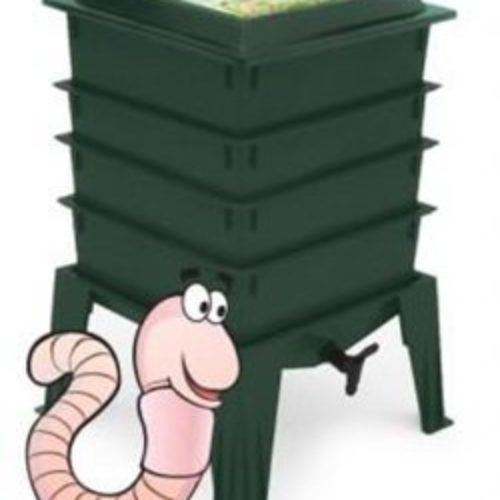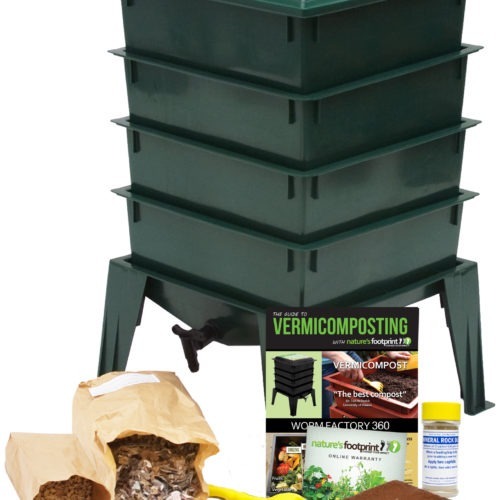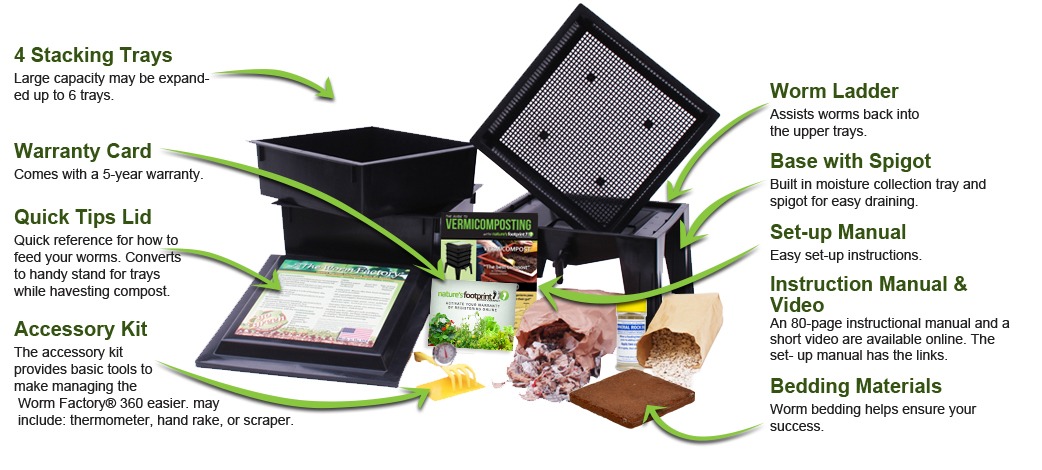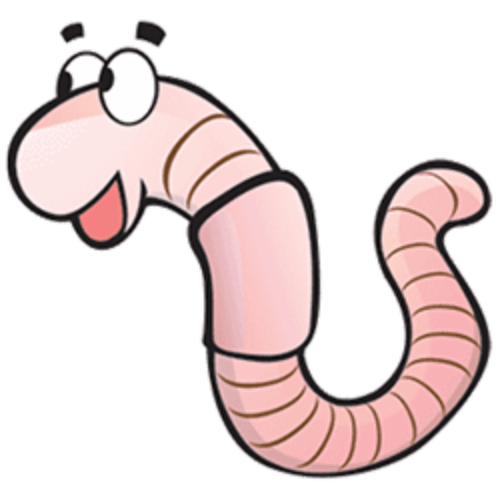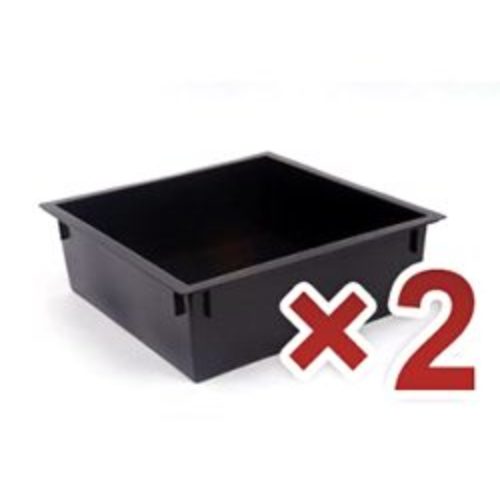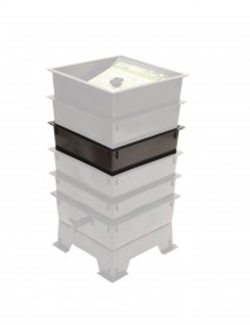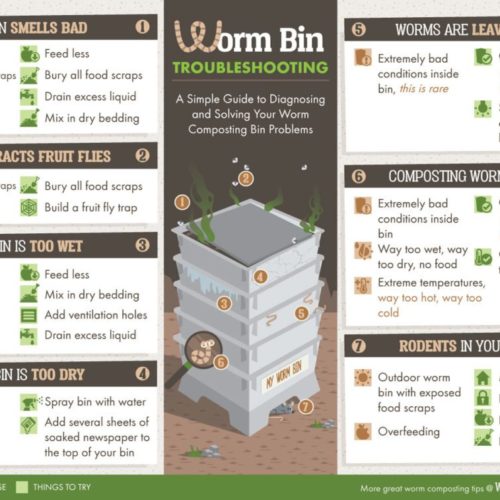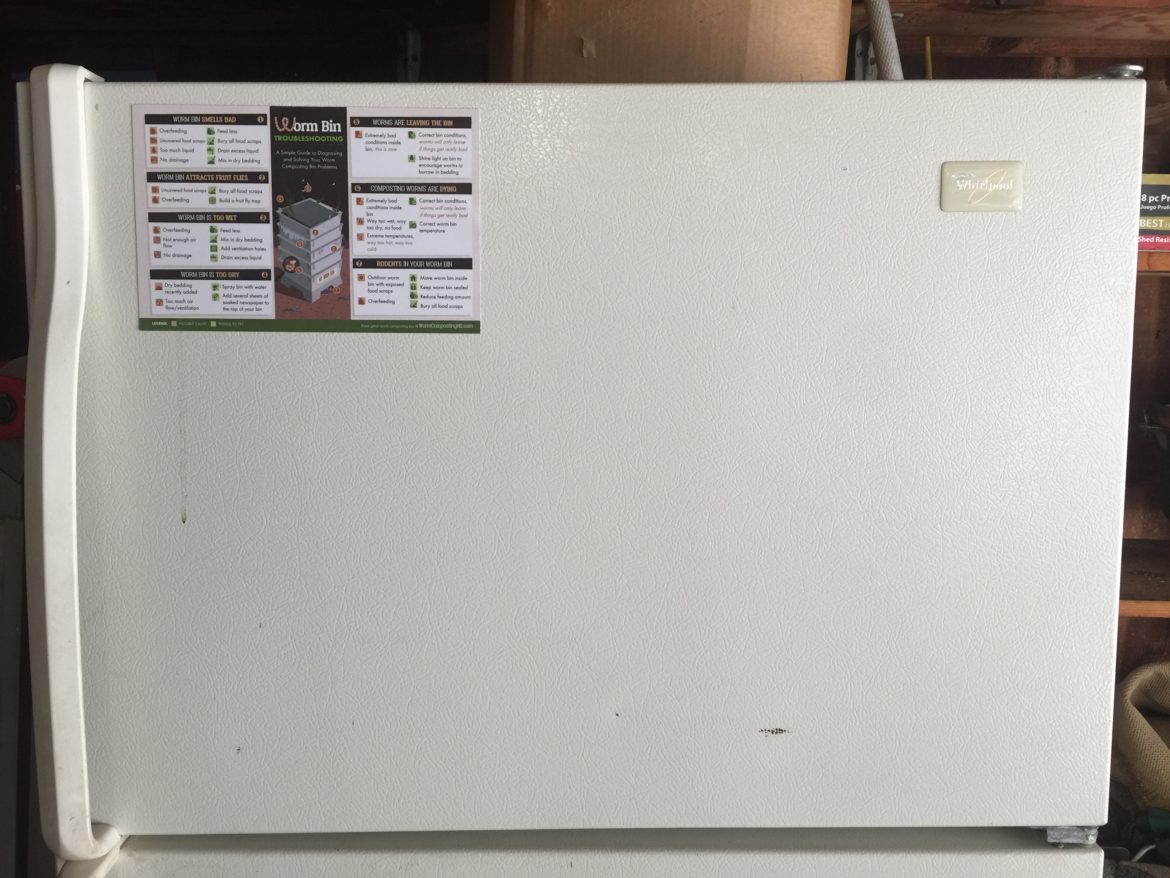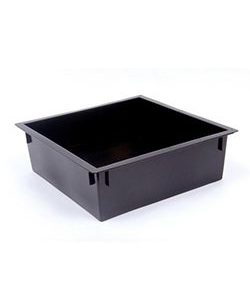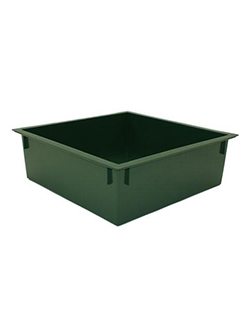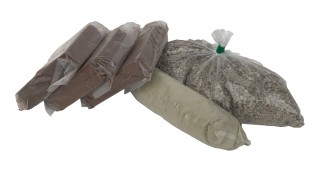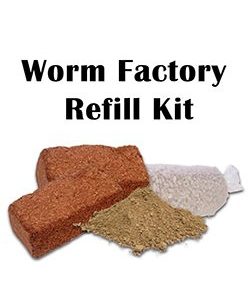 Learn what earthworms make the best composters and why
Learn what earthworms make the best composters and why
There are thousands of different varieties of earthworms, but if you are looking to start a worm composting bin, red wiggler worms are the clear choice for most worm farmers. In this article you will learn a little about this favorite earthworm and what traits make them the best worms for worm composting.
Lets Learn about Red Wiggler Composting Worms
What should we call them?
Red wigglers (my favorite name for them, because they’re red…and they wiggle) are called many different names. Their scientific name is Eisenia Fetida but they are also referred to as: red worms, tiger worms, manure worms (their often found in manure piles), and brandling worms.
[standout-css3-button href=”http://wormcomposting.wpengine.com/product/1lb-red-wiggler-worms”] Buy Worms Now![/standout-css3-button]
Where do red wigglers live?
In nature, red wigglers live in the top most layer of soil and decaying organic matter (leaves, wood, etc.). They eat the decaying organic matter and microorganisms that are also feeding on the decaying organic matter. Unlike nightcrawler earthworms which can burrow many feet down into the soil, red wigglers do not create tunnels and stay in the top 3-6 inches.
Red wigglers were originally native to Europe but now can be found all over the world. It is possible in some areas to find red wigglers in your backyard and add them to your worm composting bin. However, searching for them is very time consuming (I’ve done it!) and only results in a small amount of worms. I recommend starting with 1,000 composting worms to get your worm herd off to a good start.
So, what makes red wigglers the best worms for worm composting?
 They reproduce quickly. How quickly? It takes a baby worm only 9 weeks to reach maturity and start reproducing. Worms reproduce by creating small tan colored cocoons. Each cocoon holds 2 or 3 tiny baby red wigglers. So, given ideal conditions, enough food, and enough space in the worm bin, you can expect your worm herd to double every 3 or 4 months.
They reproduce quickly. How quickly? It takes a baby worm only 9 weeks to reach maturity and start reproducing. Worms reproduce by creating small tan colored cocoons. Each cocoon holds 2 or 3 tiny baby red wigglers. So, given ideal conditions, enough food, and enough space in the worm bin, you can expect your worm herd to double every 3 or 4 months.- They naturally live very close to each other. This is important because we want to keep a bunch of them confined to a small space (the worm bin).
- They can tolerate a fairly wide range of temperatures. Red Wigglers are most efficient (eating, pooping, making babies) at temperatures that we humans prefer, roughly 60 to 80 degrees F. For more on regulating worm bin temperatures read: Regulating Temperature in a Worm Bin
- They tolerate being pawed through by worm farmers. This is important because you will want to check in on your worms occasionally. You may also have a young child worm farmer in your house that likes to check on them…oh… every hour or so.
- They eat a lot! Red wigglers are voracious eaters. Depending on the conditions in the worm bin, they can eat between 1/4 and 1/2 of their weight everyday. So, if you have one pound of worms (roughly 1000 worms), you can expect them to eat 1/4 lb to 1/2 lb each day under ideal conditions. To determine how many worms you need to eat all the food scraps your family produces do a Food Waste Audit.
 Red wiggler worms are the favorite choice for most worm farmers because a well set up worm bin mimics the natural habitat of the red wiggler. Well cared for in a worm bin, red worms do what they do best: eat, poop, and make babies. My opinion is that the best worms for worm composting are clearly red wiggler composting worms.
Red wiggler worms are the favorite choice for most worm farmers because a well set up worm bin mimics the natural habitat of the red wiggler. Well cared for in a worm bin, red worms do what they do best: eat, poop, and make babies. My opinion is that the best worms for worm composting are clearly red wiggler composting worms.
Ready to buy red wiggler composting worms??
[standout-css3-button href=”http://wormcomposting.wpengine.com/product/1lb-red-wiggler-worms”] Buy Worms Now![/standout-css3-button]
-
Out of Stock
Worm Factory 360 With Worms
Select optionsWorm Factory 360 With Worms
$169.95 – $179.95SaleWorm Factory 360
Select optionsWorm Factory 360
$129.99 – $149.95



